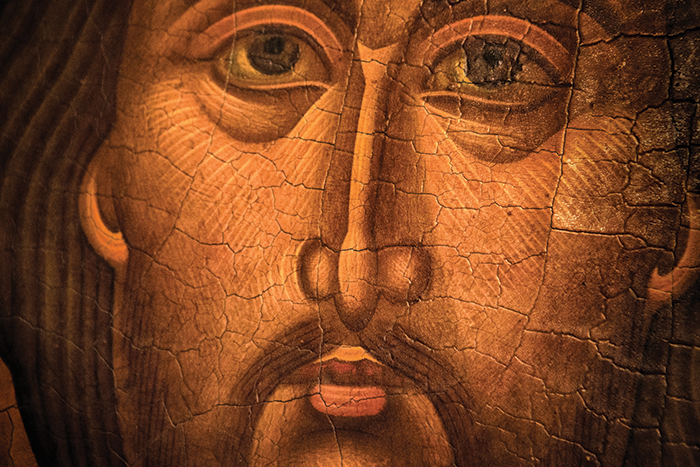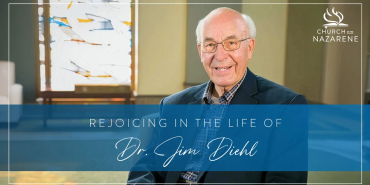Following the Genuine Jesus

The real Jesus must always be the central focus of our faith. While we all may affirm this with a resounding, “yes,” our actions and reactions may not reflect this in reality. The mission statement of the Church of the Nazarene is “To Make Christlike Disciples in the Nations.” It is Christ who defines who we are and how we respond in this world. We are called to become like the holy Son of God, and to participate in His mission.
In the early centuries of Christianity, the church wrestled with their understanding of Jesus. Was He a creation of the Father? Was He a different type of being, something between God and humanity? Could He be God and human at the same time? Some of the first church council meetings were focused around these questions. Eventually, we were given the Chalcedonian Definition (451 AD), which affirmed the two natures (human and divine) in the one person of Christ.
While it sounds like things were settled long ago, it seems that every generation must examine afresh their understanding of Christ.
This includes a review of the work that is already done and that is foundational to our faith. It is easy to fall into heresy when speaking about Jesus or the Trinity when we do not take the time to study what has been handed to us through the tradition of the Church.
At the same time, we must recognize that our own cultural experiences may have an impact on how we view Jesus. I grew up in Europe, where I had the privilege of visiting many historic cathedrals. There I encountered beautiful paintings of Jesus by some of the finest artists of history. I came away with a vision of Jesus as a European man with white skin and light brown hair. The artists of the Renaissance often created a Jesus in their own image.
When I moved to Russia, I had an entirely different experience. Remarkably, numerous churches stand within the walls of the Kremlin. One of these is the Church of the Assumption, and on the front wall, or, iconostasis is a painting of Jesus where He appears to be very dark skinned with very dark brown hair. I remember standing and staring at this painting and realizing that this was probably a lot closer to what He really looked like than the European Jesus I had grown up imagining. It is easy to adopt a view of Jesus informed by our culture.
When we take the time to examine our understanding of Christ—our Christology—we may discover that we have added layers to our vision of Jesus that have been shaped by our own experiences.
If we are called to be Christlike disciples, then we must commit to a serious study of the one whom we are called to emulate.
I do not want to reflect the Christ of my culture, or a Christ of my own making; I want to follow the genuine Jesus.
Carla Sunberg is general superintendent of the Church of the Nazarene.
Holiness Today, Jan/Feb 2019
Please note: This article was originally published in 2019. All facts, figures, and titles were accurate to the best of our knowledge at that time but may have since changed.




